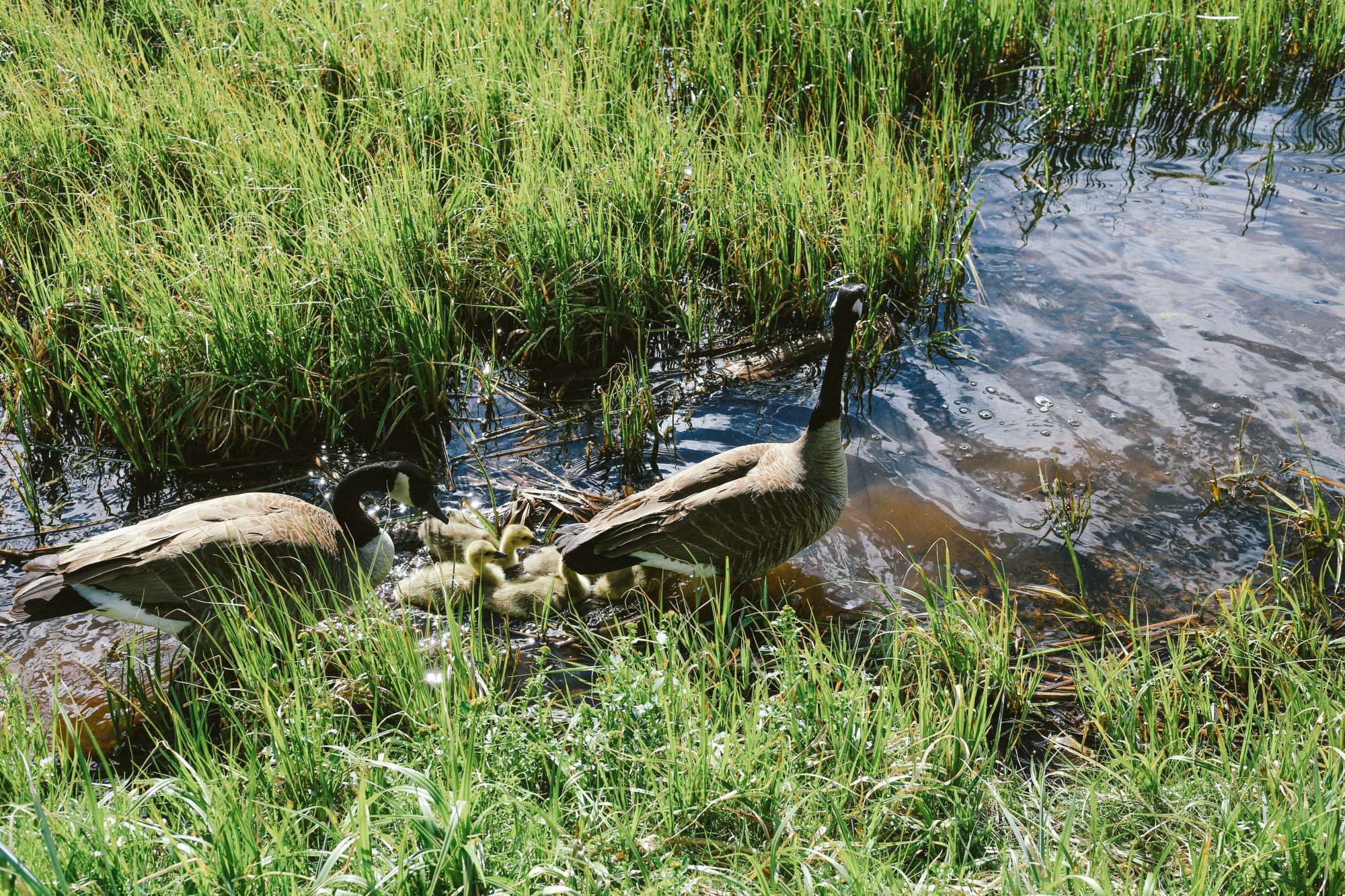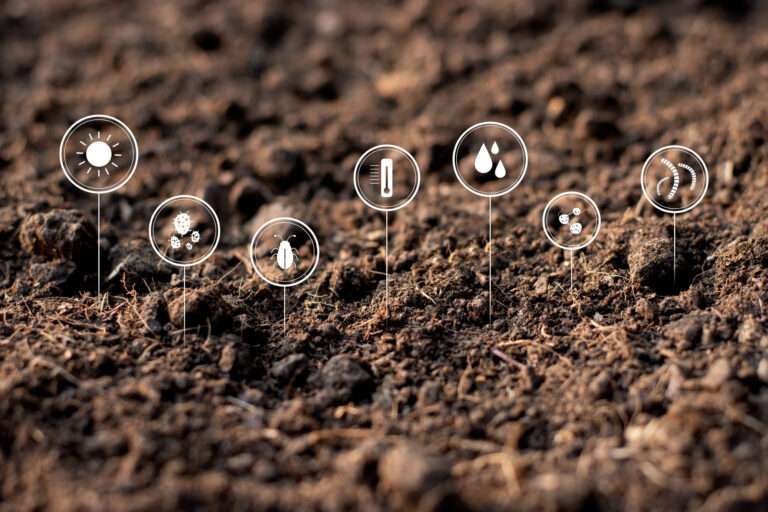7 Proven Cost-Saving Strategies for Wetland Restoration That UK Landowners Must Know
Wetland restoration has emerged as one of the most effective environmental investments for UK landowners, offering remarkable returns whilst addressing pressing ecological challenges. However, many property owners hesitate due to perceived high costs and complex implementation processes. The truth is that strategic wetland restoration can actually save money whilst delivering substantial environmental and economic benefits.
Modern restoration techniques have revolutionised how we approach wetland projects, making them more accessible and cost-effective than ever before. Furthermore, with increasing government incentives and environmental regulations, landowners who act now can capitalise on significant financial opportunities whilst contributing to the UK’s biodiversity recovery.
This comprehensive guide reveals seven proven strategies that dramatically reduce wetland restoration costs whilst maximising long-term returns. Whether you’re managing agricultural land, commercial property, or conservation areas, these insights will help you make informed decisions that benefit both your budget and the environment.
Understanding the True Value of Wetland Restoration
Economic Benefits Beyond Initial Investment
Wetland restoration delivers multiple revenue streams that often exceed initial costs within five years. Property values typically increase by 15-20% when well-designed wetlands are incorporated into landscapes. Additionally, restored wetlands provide natural flood management, potentially saving thousands in future damage costs.
🏆 Key Insight: Studies show that every £1 invested in wetland restoration generates £3-5 in long-term economic benefits through improved water quality, reduced flood risk, and enhanced biodiversity.
Environmental Services That Reduce Ongoing Costs
Natural wetlands act as biological water treatment systems, filtering pollutants and excess nutrients. This reduces the need for expensive artificial drainage systems and chemical treatments. Moreover, wetlands create carbon sequestration opportunities, which may become valuable assets as carbon trading markets expand.
7 Cost-Saving Strategies for Wetland Restoration
1. Leverage Government Grants and Incentive Schemes
The UK government offers substantial funding through various environmental schemes. The Environmental Land Management (ELM) scheme provides significant grants for wetland creation and restoration projects. Additionally, local authorities often provide supplementary funding for projects that deliver flood management benefits.
| Funding Source | Typical Grant Amount | Application Period |
|---|---|---|
| ELM Scheme | £2,000–£15,000 per hectare | Year-round |
| Local Authority Grants | £500–£5,000 per project | Varies by council |
| Water Company Partnerships | £1,000–£10,000 per hectare | Ongoing |
2. Partner with Environmental Organisations
Collaboration with wildlife trusts, environmental charities, and conservation groups can significantly reduce project costs. These organisations often provide expertise, volunteer labour, and access to discounted materials. Furthermore, partnerships can unlock additional funding sources not available to individual landowners.
💡 Pro Tip: Contact your local Wildlife Trust early in the planning process. They often have established relationships with contractors and can negotiate bulk pricing for materials.
3. Utilise Natural Processes and Existing Features
Working with existing landscape features dramatically reduces earthmoving and construction costs. Natural depressions, seasonal watercourses, and existing drainage systems can be enhanced rather than replaced. This approach typically costs 40-60% less than creating entirely new wetland systems.
4. Implement Phased Development Approaches
Rather than attempting complete restoration in one year, phased development spreads costs over multiple years whilst allowing for learning and adjustment. This strategy also enables landowners to access different funding rounds and demonstrates project success to secure additional investment.
5. Choose Cost-Effective Native Plant Species
Selecting the right vegetation is crucial for both cost control and long-term success. Native species require less maintenance, have higher survival rates, and often cost less than exotic alternatives. Additionally, many native wetland plants can be propagated on-site, eliminating ongoing purchase costs.
🌱 Recommended Species: Common reed, yellow flag iris, and marsh marigold are excellent choices that establish quickly and require minimal maintenance.
6. Integrate Multiple Land Uses
Designing wetlands that serve multiple purposes maximises value whilst sharing costs across different objectives. For example, combining wetland restoration with sustainable drainage systems (SuDS) for new developments can attract additional funding whilst meeting planning requirements.
7. Plan for Long-Term Maintenance Efficiency
Designing wetlands with minimal maintenance requirements reduces ongoing costs significantly. Self-sustaining systems with appropriate water levels, native vegetation, and natural predator-prey relationships require intervention only every 3-5 years rather than annually.
Avoiding Common Costly Mistakes
Inadequate Site Assessment
Rushing into restoration without proper site analysis leads to expensive corrections later. Soil composition, hydrology, and existing wildlife must be thoroughly assessed to ensure appropriate design choices. Professional wetland and waterway restoration services can prevent costly mistakes through expert site evaluation.
Overlooking Regulatory Requirements
Failing to understand planning permissions, environmental regulations, and statutory requirements can result in project delays and additional costs. Engaging with local authorities early prevents expensive redesigns and ensures compliance with all relevant legislation.
Inappropriate Species Selection
Choosing non-native or inappropriate plant species leads to high mortality rates and ongoing replacement costs. Additionally, some species may become invasive, requiring expensive control measures.
Maximising Returns Through Strategic Planning
Creating Wildlife Corridors
Connecting wetland restoration projects with existing habitats creates wildlife corridors that enhance biodiversity value. This approach often attracts additional funding from conservation organisations and government schemes focused on landscape-scale habitat creation.
Incorporating Educational Elements
Adding interpretation boards, viewing platforms, or educational facilities can attract eco-tourism revenue whilst increasing property values. Many funding bodies prioritise projects that deliver public benefits alongside environmental improvements.
Developing Partnerships with Local Businesses
Collaborating with local businesses, particularly those in tourism, hospitality, or outdoor recreation sectors, can provide ongoing revenue streams. Corporate sponsorship and partnership agreements can offset maintenance costs whilst delivering marketing benefits to partner organisations.
Frequently Asked Questions
How much does wetland restoration typically cost per hectare? Costs vary significantly depending on site conditions and project scope. Basic restoration projects start from £2,000 per hectare, whilst comprehensive schemes may cost £15,000-£25,000 per hectare. However, grants and incentives often cover 70-90% of these costs.
What permits are required for wetland restoration in the UK? Most wetland restoration projects require planning permission and may need environmental permits, particularly if they affect watercourses. Early consultation with local authorities ensures all necessary permissions are obtained efficiently.
How long does it take to see results from wetland restoration? Initial colonisation by wildlife typically occurs within 6-12 months, with full ecosystem establishment taking 3-5 years. However, immediate benefits such as improved water quality and flood management begin as soon as the wetland is functional.
Can wetland restoration be carried out on agricultural land? Yes, wetland restoration is perfectly compatible with agricultural operations. Many farmers incorporate seasonal wetlands that provide environmental benefits whilst maintaining productive capacity during drier periods.
Conclusion
Cost-saving wetland restoration represents an exceptional opportunity for UK landowners to enhance property values, reduce environmental risks, and contribute to biodiversity recovery. By implementing these seven proven strategies, you can significantly reduce project costs whilst maximising long-term returns.
The key to success lies in thorough planning, strategic partnerships, and understanding available funding opportunities. Government incentives, environmental grants, and collaborative approaches make wetland restoration more accessible than ever before.
Moreover, the environmental and economic benefits continue to grow over time, creating lasting value that far exceeds initial investment. From flood management and water quality improvements to carbon sequestration and biodiversity enhancement, restored wetlands deliver multiple returns that strengthen over decades.
Take action now to explore wetland restoration opportunities on your land. With proper planning and the right approach, you can create valuable environmental assets whilst managing costs effectively. The combination of available funding, proven techniques, and growing environmental awareness makes this the ideal time to invest in wetland restoration.
Killingley Insights is the editorial voice of NT Killingley Ltd, drawing on decades of experience in landscaping, environmental enhancements, and civil engineering projects across the UK.








